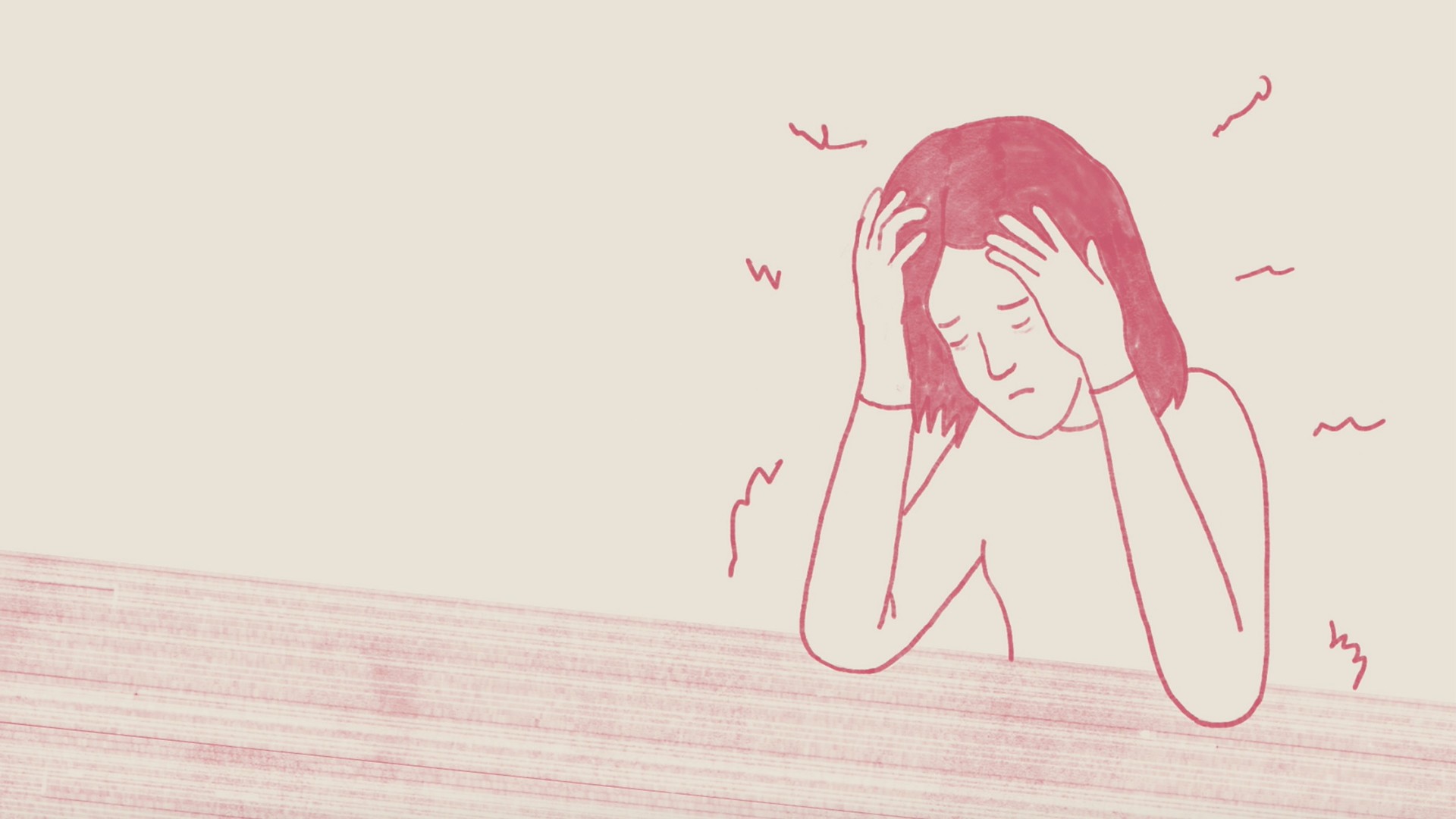Timo Pasche/James van den Broeke/Getty Images
Afraid of spiders and snakes? You've got plenty of company—research shows fear of those creepy crawlies is the most prevalent phobia among adults, and that about a third of the population generally dislikes these animals. Considering how rarely most of us confront a spider or snake in our everyday lives, it seems irrational to be that afraid of them. That's led scientists to wonder whether the fear is something we learn, or whether it's is somehow hardwired into our brains. A new study, in which power-mad researchers showed pictures of snakes and spiders to helpless infants, suggests the phobia may be innate, perhaps a product of our evolutionary development.Scientists at the Max Planck Institute for Human Cognitive and Brain Sciences (MPI CBS) in Leipzig, Germany, and the Uppsala University in Sweden recruited parents for a novel test: Let their six-month-old infants look at pictures while a machine tracked the size of their pupils. Our pupils shrink or grow based on the amount of available light; absent any change in lighting, enlarged pupils mean the brain's noradrenergic system system, which is responsible for stress reactions, has kicked in. Other ways of measuring stress can be difficult in unruly babies, and they can't describe their emotions to researchers, so looking at pupil size is a useful tool.
More From Tonic:
For the first part of the study, researchers showed 16 six-month-old infants pictures of spiders and flowers and pictures of snakes and fish. To control variables, the pictures in each group were similar in size and color, and were displayed in a pseudorandom order. In the second part of the study, a group of 32 six-month-old infants was split in half, with one group seeing only pictures of snakes and the other seeing only pictures of fish.Scientists then sifted the data about pupil sizes. "When we showed pictures of a snake or a spider to the babies instead of a flower or a fish of the same size and color, they reacted with significantly bigger pupils," Stefanie Hoehl, lead investigator and neuroscientist at MPI CBS and the University of Vienna, said in a statement. Even the youngest babies got stressed looking at snakes and spiders.That leads researchers to believe these fears are the product of evolution shaping our brains. Our minds have been molded by 40 to 60 million years of living alongside these dangerous creatures, creating a bias toward recognizing and responding to them. That's why babies in Sweden, who've probably never seen an actual spider or snake, might get stressed when seeing pictures of them.It's a very particular reaction: Other research shows that pictures of bears or rhinos, for example, don't provoke stress responses. And babies, notoriously bad at evaluating risk, likely don't have the same reaction to dangers they might actually encounter—a knife or syringe, say, or an electrical socket—because they have to be taught what's dangerous. When it comes to snakes and spiders, though, the brain seems to know how to react well before we're taught.Read This Next: Evolution, Creationism, and the Great Appendix Debate
Advertisement
More From Tonic:

For the first part of the study, researchers showed 16 six-month-old infants pictures of spiders and flowers and pictures of snakes and fish. To control variables, the pictures in each group were similar in size and color, and were displayed in a pseudorandom order. In the second part of the study, a group of 32 six-month-old infants was split in half, with one group seeing only pictures of snakes and the other seeing only pictures of fish.Scientists then sifted the data about pupil sizes. "When we showed pictures of a snake or a spider to the babies instead of a flower or a fish of the same size and color, they reacted with significantly bigger pupils," Stefanie Hoehl, lead investigator and neuroscientist at MPI CBS and the University of Vienna, said in a statement. Even the youngest babies got stressed looking at snakes and spiders.That leads researchers to believe these fears are the product of evolution shaping our brains. Our minds have been molded by 40 to 60 million years of living alongside these dangerous creatures, creating a bias toward recognizing and responding to them. That's why babies in Sweden, who've probably never seen an actual spider or snake, might get stressed when seeing pictures of them.It's a very particular reaction: Other research shows that pictures of bears or rhinos, for example, don't provoke stress responses. And babies, notoriously bad at evaluating risk, likely don't have the same reaction to dangers they might actually encounter—a knife or syringe, say, or an electrical socket—because they have to be taught what's dangerous. When it comes to snakes and spiders, though, the brain seems to know how to react well before we're taught.Read This Next: Evolution, Creationism, and the Great Appendix Debate